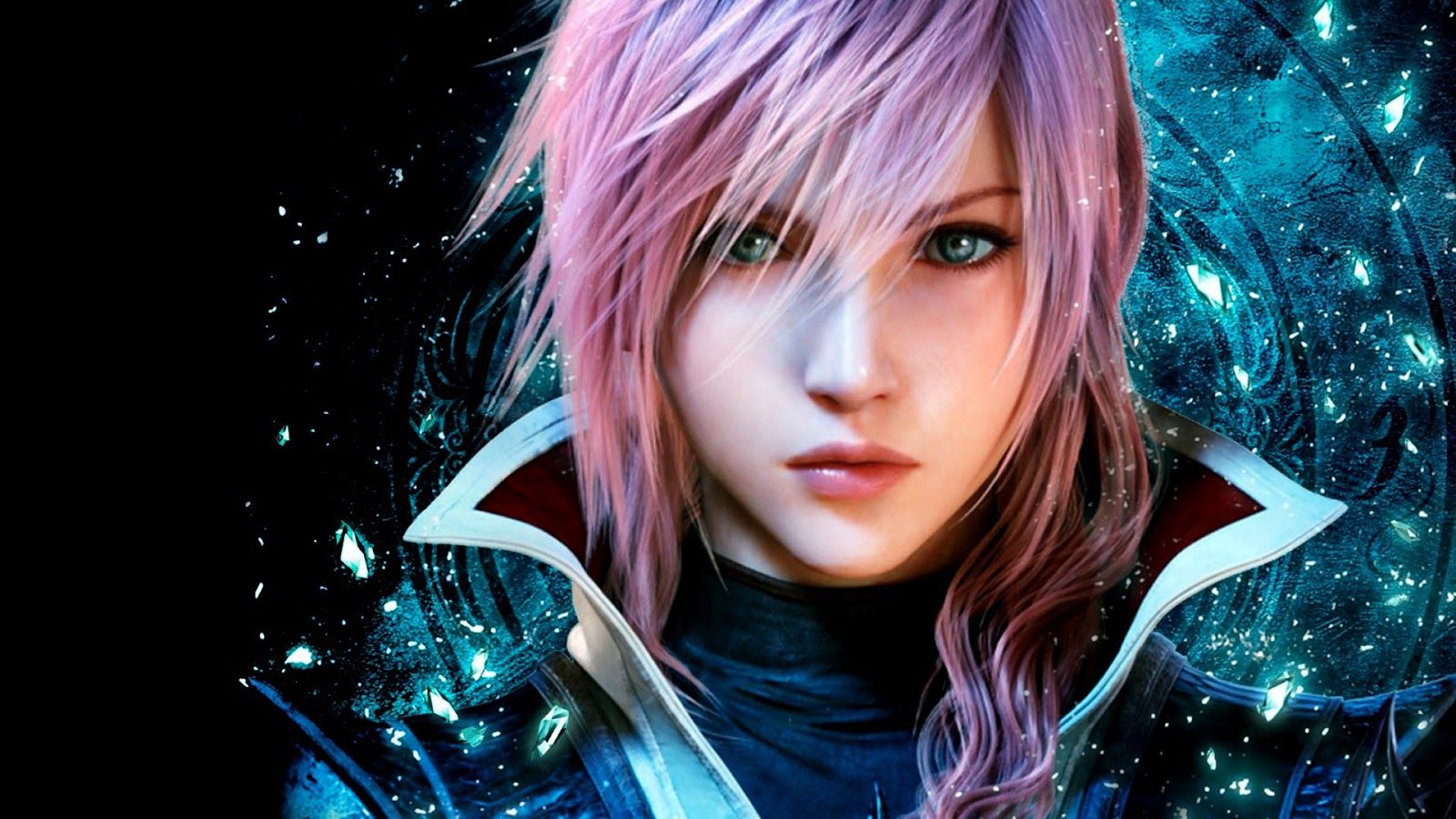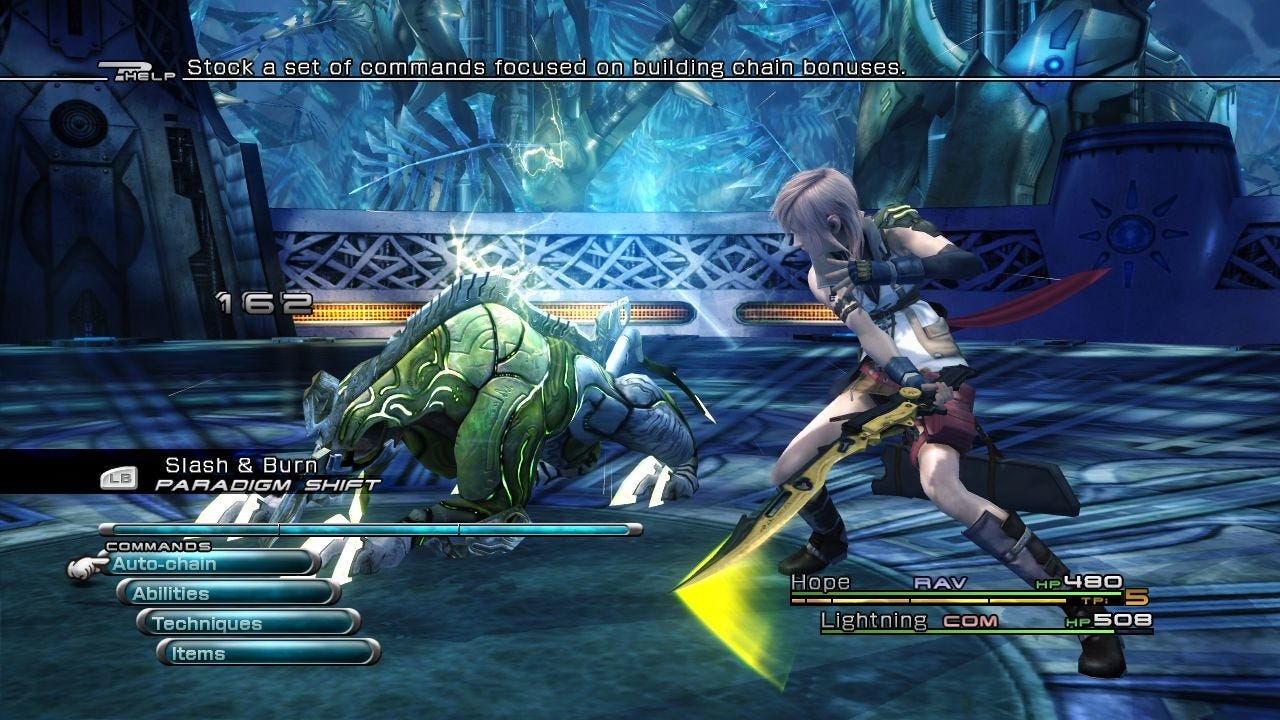The Bold and the Braveus: A Look Back at Final Fantasy’s Teenage Years
The famous franchise had its share of growing pains

We used to be the parents. We were their guardian angels, the commander of our own private army of ensemble characters with wild hair and crazy costumes who burped giant boxes of text from their mouths as they talked about giant monsters and time-travelling wizards.

That was until Final Fantasy XII and Final Fantasy XIII, games that marked the dawn of the series’ nose-pierced, finger-painted adolescence. Those crazy costumes and wild hairstyles still spoke of monsters and time travel — sans giant floating text boxes — but they weren’t quite under our command anymore. Like a proper teenager, they well and truly developed a will of their own.
That will characterised Final Fantasy: The Teenage Years — a pimply, slightly awkward TV show full of ups and downs and twists and turns. Every release was a new wardrobe, every new box on the shelf was another attempt to find the series’ identity in a post-PSOne world. In this era, the series transitioned from the player-driven, menu-based active-time battle of Final Fantasy VII and X to automated-time battle, driven by AI and pre-scripted behaviours.
And it was moderately rubbish in a really interesting way because if you won, you lost — and if you lost, you lost.
It’s every commander’s dream, then: an army that fights almost entirely for itself. But this is where The Teenage Years — namely XII and XIII — fell apart: it’s only ever really fun when things go south. It’s ironic, really, as the series’ teen years sought to break free from the sameyness of its pre-teen, PSOne life, only to fall into cyclical sameyness themselves.
Find your groove early in a fight, and your involvement diminishes because your private army is getting the job done for you. You’re only yanked from XIII’s cyclical stupor of attack, shift, cast when things go a bit wrong — and even then, all you can do is hope your team tidy their room and eat their vegetables. And those two things are really, really boring, too: you’re trapped between things going well as a result of your squaddies making the right choice — or things going catastrophically wrong.
Either way, it doesn’t really feel like it’s down to you.

Final Fantasy XIII is particularly weird: a linear romp through a world with disparate characters following rules they must obey — but you don’t quite understand. X does this too, but its linearity has two release valves: combat and character progression. There, we can take refuge from the oppressive linearity and express ourselves with the sharp end of a sword or the pursuit of an upgrade path.
XIII’s combat only enforces that linearity, giving you command of only a single crazy costume. Finding that magical combo against Boss of the Week™ turns combat into a singular, set path to be followed over and over and over. Even its soundtrack is also in on the gag, often returning to a singular motif that’s far more reminiscent of film than of fantasies gone by.
XII is a different beast with a similar problem: of building that Goldberg machine and exploiting it ad nauseam. Pre-program specific behaviours into your team and let them go at it, with you only getting involved when things get sweaty. XII’s world is at least filled with optional slays and sidequests, which act as an escape from the automation of moment-to-moment combat — a stark contrast to XIII.
It’s perhaps unfair to say, then, that XII takes away control entirely — it just manifests in a very different way. For some, that’s absolute bliss: set up your team’s gear, abilities, and AI — find that loop — and let the magical Rube Goldberg machine get to work. Watch as your Machiavellian planning gets things done and bear the fruits of a plan so cunning it doesn’t need its creator.
For others, it’s a bit pants. Heroes suddenly die as your Goldberg machine effortlessly implodes, and you resort to intensive micromanagement of an ailing cast of bumbling idiots with wild hairstyles and crazy costumes.
But for Square Enix — who might be Square by name, but definitely aren’t square by nature — it’s a supremely bold move. Taking a multi-gazillion selling franchise that’s been set in its ways since before many of its most ardent fans were even born and transforming it into something that just isn’t the same. It’s still menu-driven, sure — with swords, spells and giant yellow birds — but taps into a different part of your brain than did the ten games before them. It just feels different.

It’s why that divisive duo deserves their place in the Final Fantasy pantheon for representing a mega-publisher’s willingness to depart from such a beloved formula with a flagship franchise. They took risks that jeopardized a series synonymous with its genre, a series that later birthed XIV and XV. Both of those had identity crises, undergoing radical changes in content and name during development.
It’s difficult to think of another major, multi-million-selling franchise, changing course as much as Final Fantasy has since its younger days. The changes took it from XI, an MMO, through to the action-esque Final Fantasy VII Remake. It’s an extension of a series pillar: the ejection of beloved worlds and characters to start anew in each and every game. In that regard, Square Enix has always been bold, as it drops off each new creation on the doorsteps of fans wanting to adopt those worlds as their own.
And it’s something that perhaps stems from series creator Hironobu Sakaguchi’s hatred of sequels.
For a publisher as large as Square Enix to roll the dice on such dramatic changes with its flagship franchise is really bloody brave. Triply brave to give it a go in the HD era too, where game developers needed more green than ever to get a project out the door — with no hope of asset recycling in a series where every world and every character was new and unique.
Final Fantasy VII Remake feels like the light at the end of a long, arduous tunnel — borrowing from the wardrobes of the games that came before. Its weapon-upgrade system feels inspired by X’s sphere grid; its controllable companions playable in real-time like XII; its stagger-then-slay system like XIII; the DNA of its turbulent years seems combined into a cohesive and enjoyable whole. It feels like Square’s seminal series is starting to come of age. Remake is brimming with newfound confidence, as it pulls from the toolbox of the series past and combines it with the production values of the future.

And as the new generation dawns and costs only rise, it wouldn’t be difficult to blame Square Enix for iterating on a formula that plants its feet between old and new. But in that, something would be lost: that experimental boldness of its teenage years that saw a franchise take brave steps to birth something part bad, part brilliant — but absolutely never boring.
